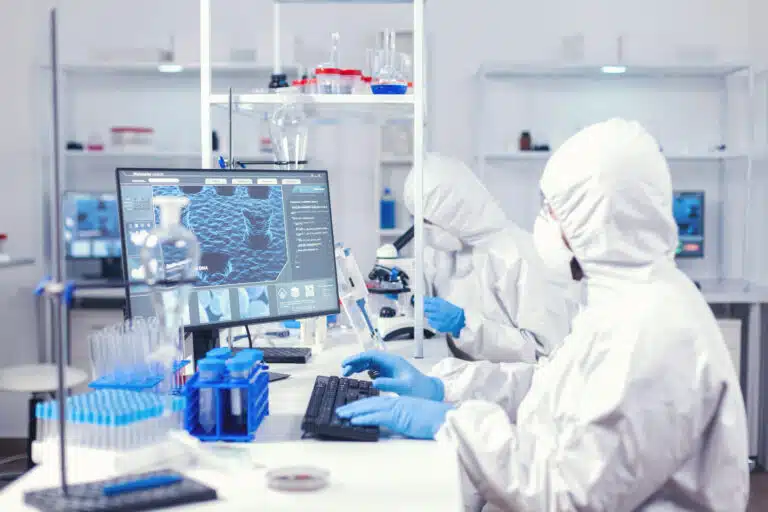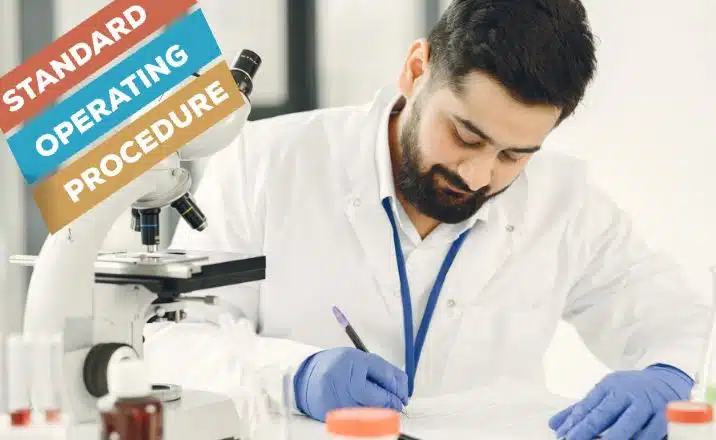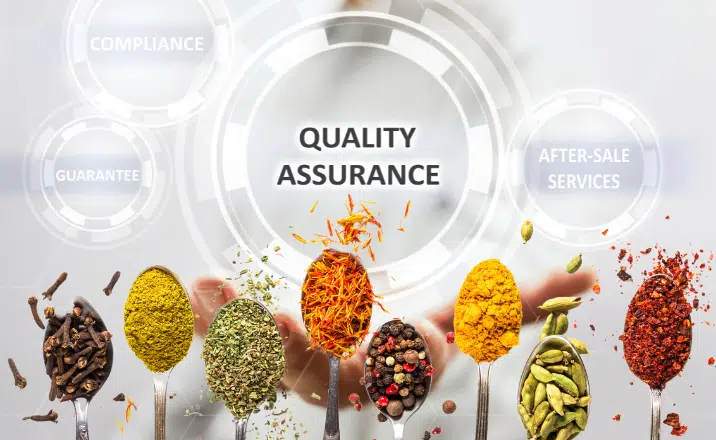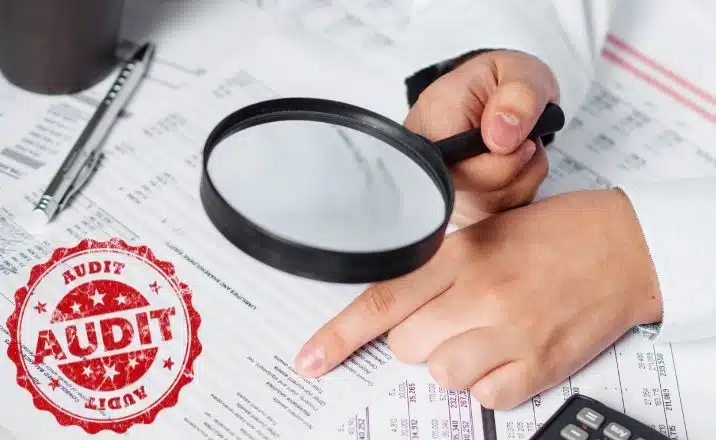Laboratory Excellence & Quality Control
In the fast-paced world of laboratory testing, precision and accuracy are not just goals; they are the very essence of consumer trust. Quality control (QC) plays a pivotal role in maintaining the integrity of laboratory processes and the reliability of test results. Let’s delve into quality control and its significance in laboratory practices.
Laboratory quality control ensures that lab processes and operations run efficiently, guaranteeing the production of accurate and reproducible results.
Why Should a Laboratory Follow Quality Control?
Failure to integrate Quality Control in microbiology laboratory can lead to various consequences:
- Repeating tests, wastage of chemicals, and manpower.
- Budget implications.
- Negative impact on the lab’s integrity due to unreliable results.
- Loss of customer loyalty and satisfaction.
What are the tools of Quality Control?
Key tools of QC are:
- Calibrations: Calibration verifies the accuracy of instruments and equipment. Regular calibration ensures optimal instrument performance and reliable results.
- Quality Assurance & Quality Control: Quality assurance (QA) focuses on processes and systems to prevent errors before they occur, while quality control involves activities during testing to detect and correct errors. Both QA and QC are essential components of a comprehensive quality management system.
- Control Charts: Control charts, such as the Shewhart control chart or SPC chart, are statistical tools used to monitor the stability and performance of laboratory processes over time. They identify trends, shifts, or outliers indicating deviations from quality standards.
- Proficiency Testing: Participating in such external quality assessment programs evaluates the accuracy, reliability & competence of laboratory testing.
How to Develop a Quality Control Procedure?
- Define Quality Objectives: Clearly define objectives and performance criteria aligned with regulatory requirements, industry standards, and customer expectations.
- Establish Standard Operating Procedures (SOPs): Develop comprehensive SOPs detailing test procedures, equipment calibration, result documentation, and deviation handling.
- Training & Competency Assessment: Provide training and perform competency assessment for laboratory personnel involved in testing and QC activities.
- Define Quality Objectives: Clearly define objectives and performance criteria aligned with regulatory requirements, industry standards, and customer expectations.
- Establish Standard Operating Procedures (SOPs): Develop comprehensive SOPs detailing test procedures, equipment calibration, result documentation, and deviation handling.
- Training & Competency Assessment: Provide training and perform competency assessment for laboratory personnel involved in testing and QC activities.
- Monitor and Evaluate Performance: Continuously monitor processes and personnel performance through audits, proficiency testing, and data analysis. Address deviations promptly.
- Establish a Laboratory Quality Management System: Streamline and coordinate all lab processes and operations to ensure each step is well-planned and controlled.
Key Benefits of Quality Control
- Increased Customer Satisfaction: The quality of the product is the X-factor that differentiates one’s services from their competitors. A customer always expects the product to be of excellent quality; hence continuous quality checking is an essential element of high-quality services.
- Optimized Operational Efficiency: QC measures streamline workflows and minimize errors thereby optimizing operational efficiency & excellence.
- Reduced Turnaround Time: Well-defined procedures lead to consistent and efficient processes, providing prompt and reliable information.
- Business Growth: Satisfied customers and a good reputation lead to increased sales and customer retention.
- Compliance with Standards: QC procedures ensure compliance with industry standards and regulations.
To summarize, establishing strong quality control measures in laboratories isn’t just important; it’s fundamental for ensuring accuracy, & reliability, and earning the trust of customers.







